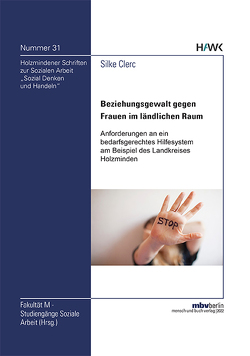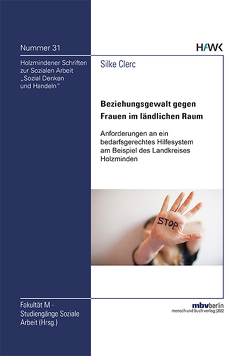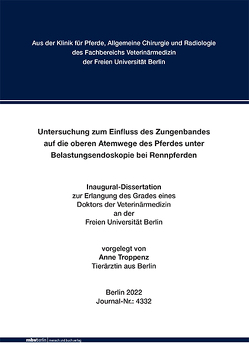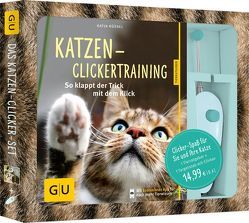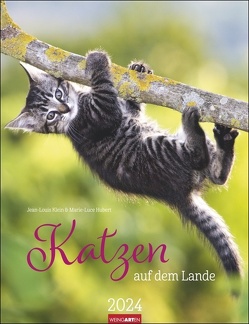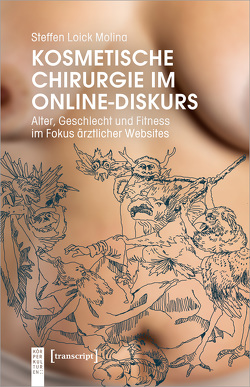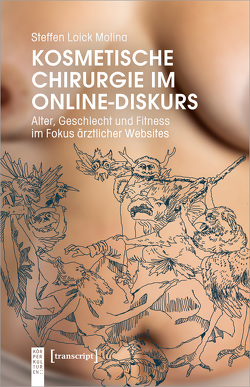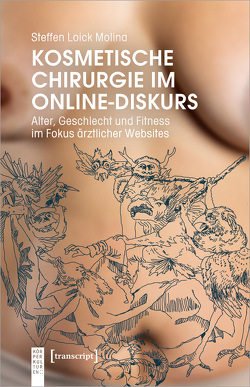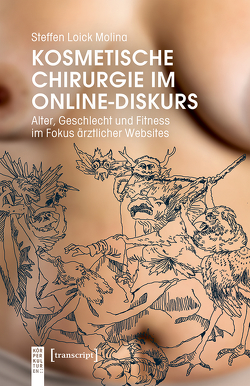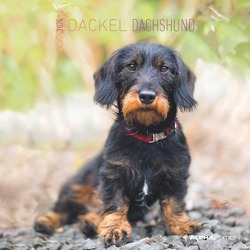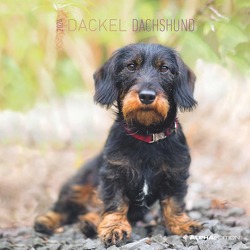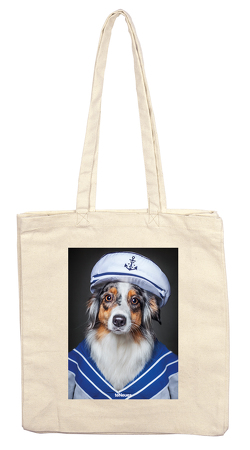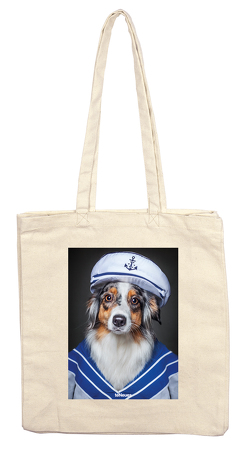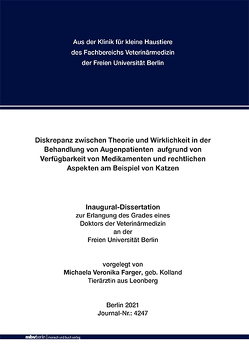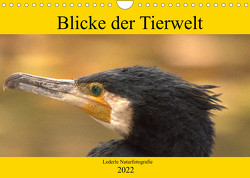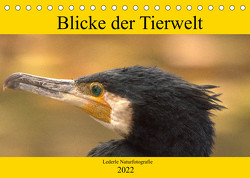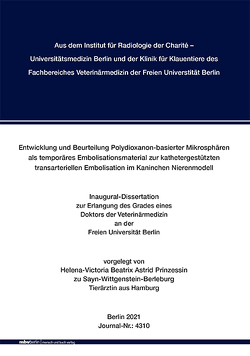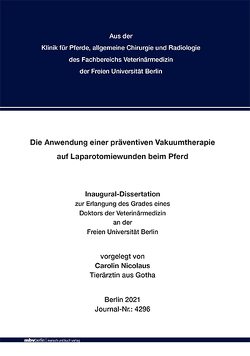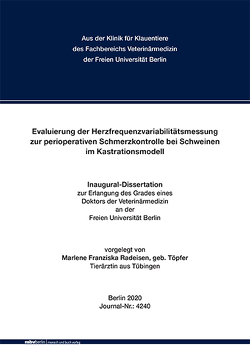Wundheilung und kosmetische Aspekte nach Enukleation unter Berücksichtigung verschiedener Operationsverfahren bei Hund und Katze
Franziska Thienel
Wound healing and cosmetic aspects after enucleation of the bulb considering various surgical procedures in dogs and cats
The enucleation of the eyeball is a common practice in veterinary medicine and can be done not only by ophthalmologic specialized facilities, but also by general veterinary practices. The removal of the most painful and/or blind eye is curative for the affected animal. The pet owner’s decision for the medically necessary operation is often associated with difficulties in which, above all, the external appearance plays an important role. Over time, various prosthesis and implant replacement materials have been developed to improve cosmetics, yet associated with complications and disadvantages for the animal. According to the current state of knowledge, there is no satisfactory method both from a medical point of view for the animal and the operating ophthalmologically unspecialized veterinarian and from a cosmetic point of view for the pet owner.
The aim of this dissertation was to determine whether a simple variation of the bilayer wound closure can reduce the postoperative sinking of the eyelids over the anophthalmic orbit. The integration of the orbital fascia into the subcutaneous suture and the resulting tissue tightening and void reduction formed the basis of the modification. In the randomized blinded, prospective study, 32 dogs and 14 cats were enrolled in the period from January 2016 to August 2017. In all animals a bulbus extirpation was performed due to different end-stage diseases. The animals were monitored for 24 weeks after the operation and the orbit was measured with an analog measuring scale. The hypothesis that the modified suture technique leads to less postoperative sinking of the eyelids over the orbit and thus to an improved cosmetic image for the pet owner was checked and refuted. Animals that were treated with a classic wound closure show a significantly lower sinking than animals with a modified suture technique (p horizontal=0,023, vertical=0,018). Furthermore, the skull shape, intraoperative measured orbital depth and body weight affect synergistically the sinking level in the dogs. Postoperatively, the wound areas of the modified suture technique were significantly more dolent, resp. palpation was more frequently questionable (p=0,009), in the case of the classic suture technique there were significantly more secretions (p=0,002) and swelling. With exception of a dog with orbital emphysema and increased pruritus during the resorptive phase of the suture in four cats, wound healing in both animals was uncomplicated.
Although the modified suture technique was not suitable for improving orbital sinking, the postoperative prospective owner survey (questionnaire) showed in both groups a high level of cosmetic satisfaction of about 70% and the postulated dissatisfaction following enucleation in the literature could not be confirmed. Furthermore, the prospective (n=46) and retrospective (n=78) survey showed that more than three quarters of the owners could immediately decide for the necessary procedure, almost no one considered a silicone prosthesis instead of enucleation and about 96% of the owners would opt for this form of surgery again. A crucial role in the emotional and serious decision for the pet owner on the medically necessary removal of the eye takes the veterinarian and he ultimately provides for the increased satisfaction of the owners as whole.
In summary, this work proved that classical enucleation fulfills the requirements of animal welfare, general veterinarian and at the same time pet owner and should be the treatment of choice in the case of non-ocular preserving diseases, especially for cats, as well as brachycephalic and smaller dog breeds.
Pre-emptive multimodal peri- and postoperative analgesia management, involving systemic and local techniques, was developed for enucleation of the globe. The local retro- resp. peribulbar anesthesia injection was feasible easy and complication-free. The postoperative pain assessment showed a therapeutic success of over 90% at all time points and provided good analgesia for at least six hours after surgery. Proven effective pain management with the dosages and techniques used is recommended for everyday use in the practice of bulbus extirpation.






